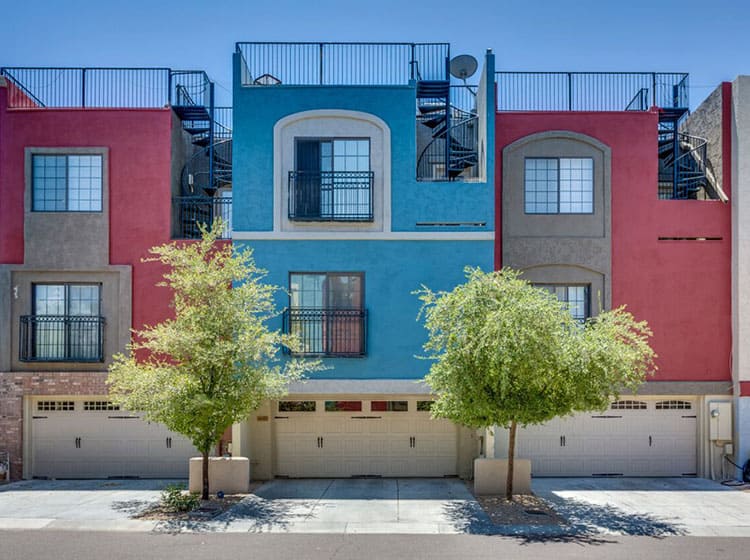Variables To Take Into Consideration For Commercial Exterior Paint By Season: Crucial Details You Must Have
Variables To Take Into Consideration For Commercial Exterior Paint By Season: Crucial Details You Must Have
Blog Article
Content Author-Fox Skafte
When you're preparing a commercial outside painting project, seasonal factors can make or damage your outcomes. You'll intend to take into consideration just how temperature level and moisture impact paint application and drying times. Choosing the appropriate season can guarantee your paint sticks properly and lasts much longer. However which periods are absolutely the most effective for this type of work? Let's explore the key elements that can influence your project's success.
The Impact of Temperature on Paint Application
When you're intending an industrial exterior paint project, the temperature level can substantially affect how well the paint sticks and dries out.
Ideally, you intend to repaint when temperature levels range in between 50 ° F and 85 ° F. If it's also cool, the paint may not treat properly, resulting in concerns like peeling or cracking.
On the flip side, if it's too hot, the paint can dry as well promptly, preventing correct attachment and leading to an unequal coating.
You must likewise consider the time of day; morning or late afternoon offers cooler temperatures, which can be a lot more desirable.
Constantly examine exterior painters in my area for the specific paint you're making use of, as they frequently provide support on the excellent temperature level array for optimal results.
Moisture and Its Result on Drying Times
Temperature level isn't the only environmental aspect that influences your business exterior painting job; humidity plays a considerable role as well. High humidity degrees can decrease drying times dramatically, influencing the overall top quality of your paint task.
When the air is filled with dampness, the paint takes longer to heal, which can bring about issues like inadequate adhesion and a higher danger of mold growth. If you're repainting on a particularly humid day, be prepared for extended delay times in between coats.
It's vital to check regional weather and plan appropriately. Ideally, aim for humidity levels in between 40% and 70% for optimal drying.
Maintaining mouse click the following website page consider mind ensures your job stays on track and supplies a long-term coating.
Best Seasons for Commercial Outside Painting Projects
What's the most effective time of year for your commercial external painting projects?
Springtime and early fall are usually your best bets. During exterior painting tulsa , temperature levels are mild, and humidity degrees are frequently lower, producing perfect conditions for paint application and drying.
Stay clear of summer's intense heat, which can create paint to completely dry as well swiftly, resulting in poor attachment and surface. In a similar way, winter's cold temperatures can impede appropriate drying out and treating, taking the chance of the durability of your paint task.
Aim for days with temperature levels in between 50 ° F and 85 ° F for ideal outcomes. Bear in mind to check the regional weather prediction for rainfall, as damp conditions can wreck your task.
Planning around these factors guarantees your paint task runs smoothly and lasts much longer.
Verdict
Finally, intending your commercial outside paint projects around seasonal factors to consider can make a considerable distinction in the end result. By scheduling job during the excellent temperatures and moisture degrees, you'll ensure much better attachment and drying out times. Keep in mind to keep an eye on regional weather forecasts and choose the correct time of year-- spring and early autumn are your best bets. Taking these actions will certainly assist you accomplish a durable and specialist coating that lasts.
